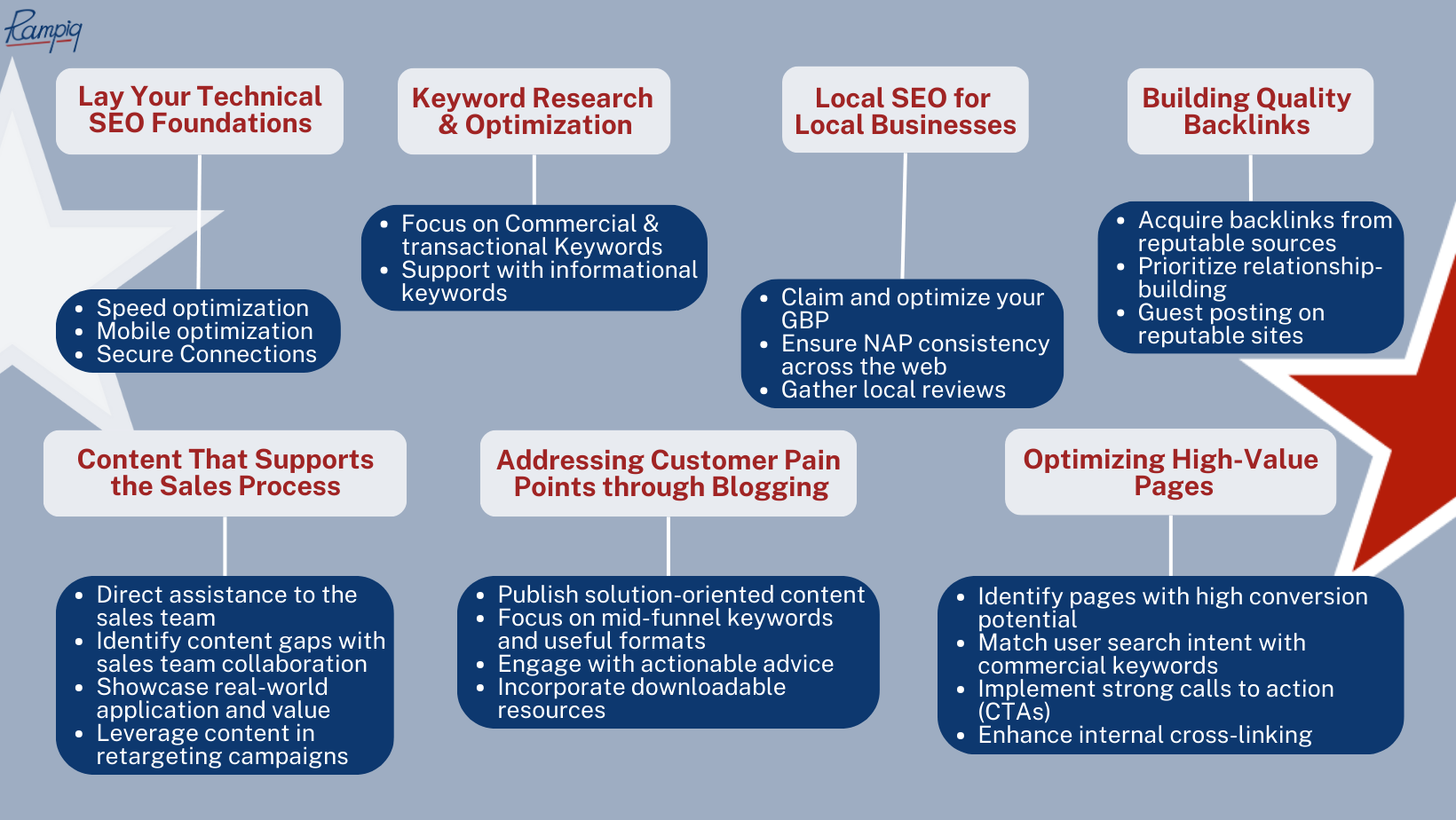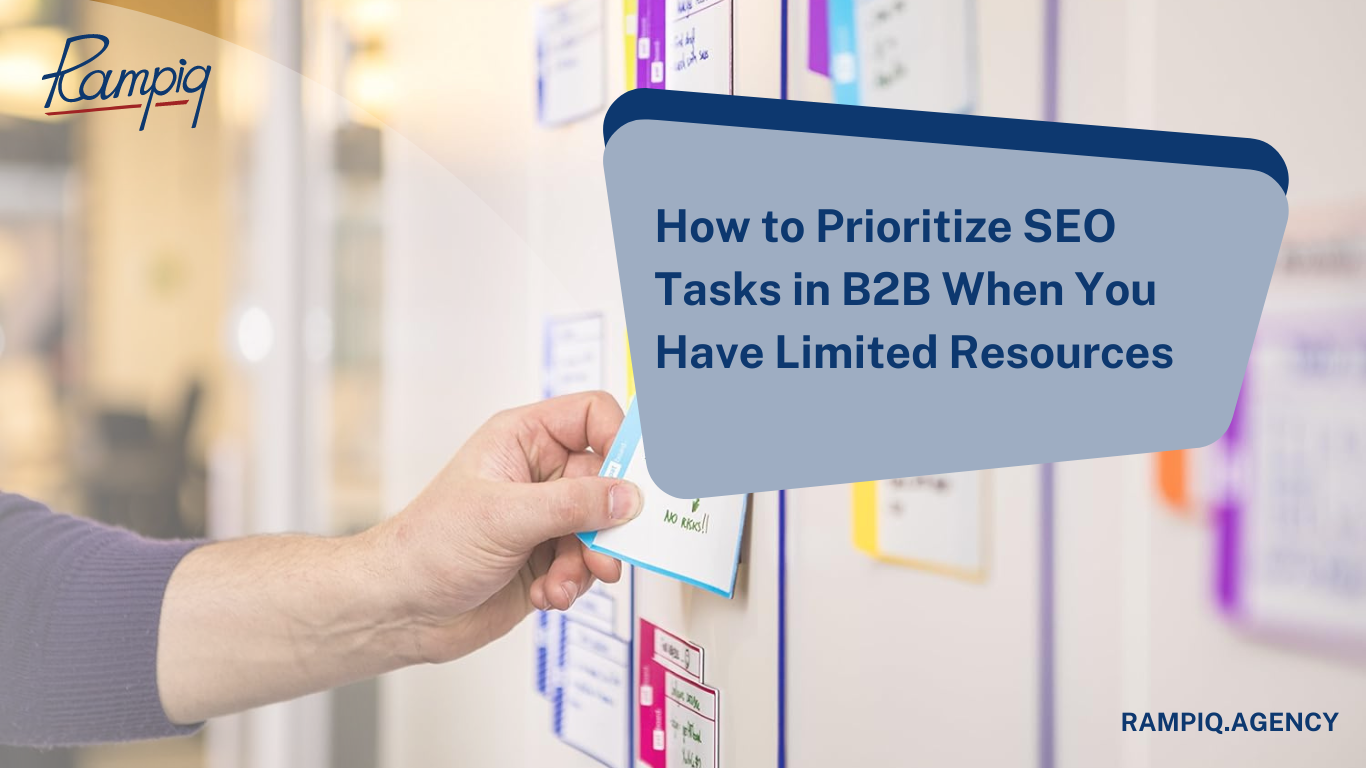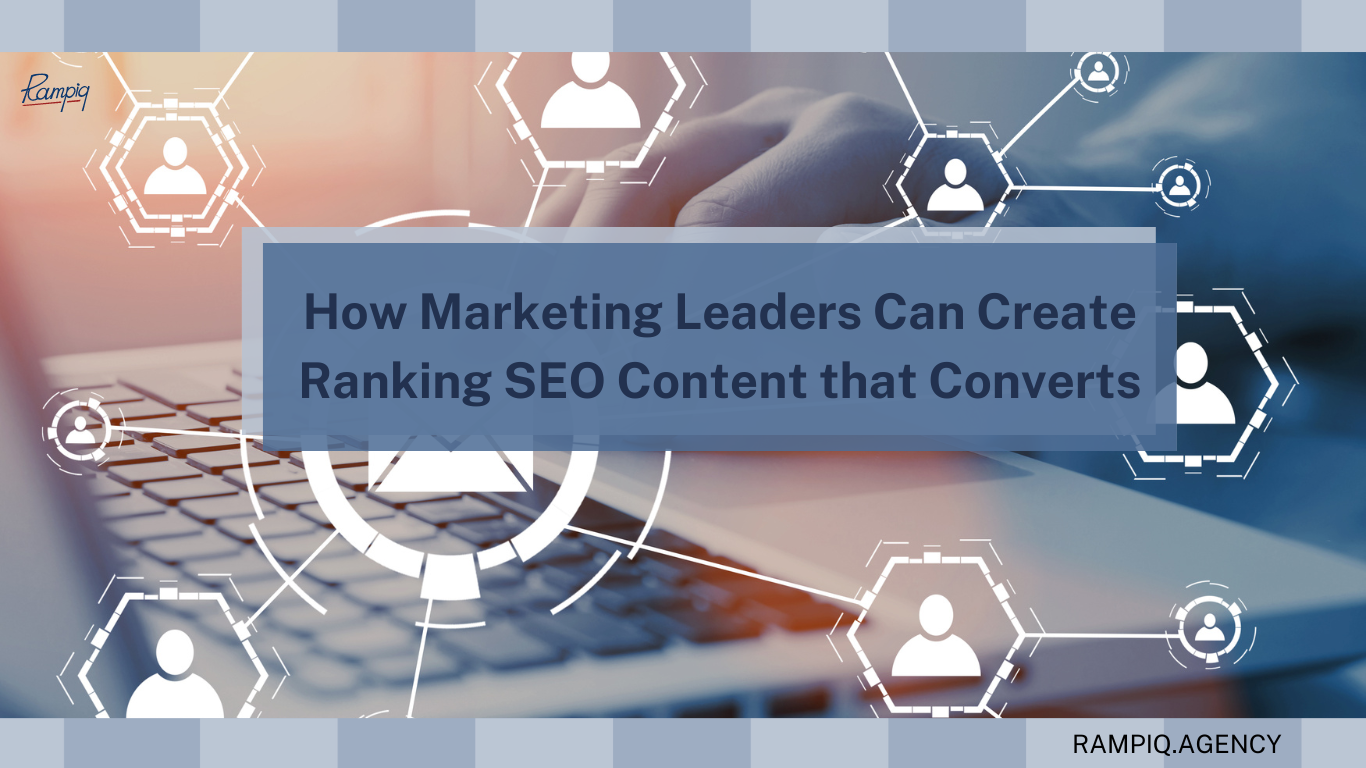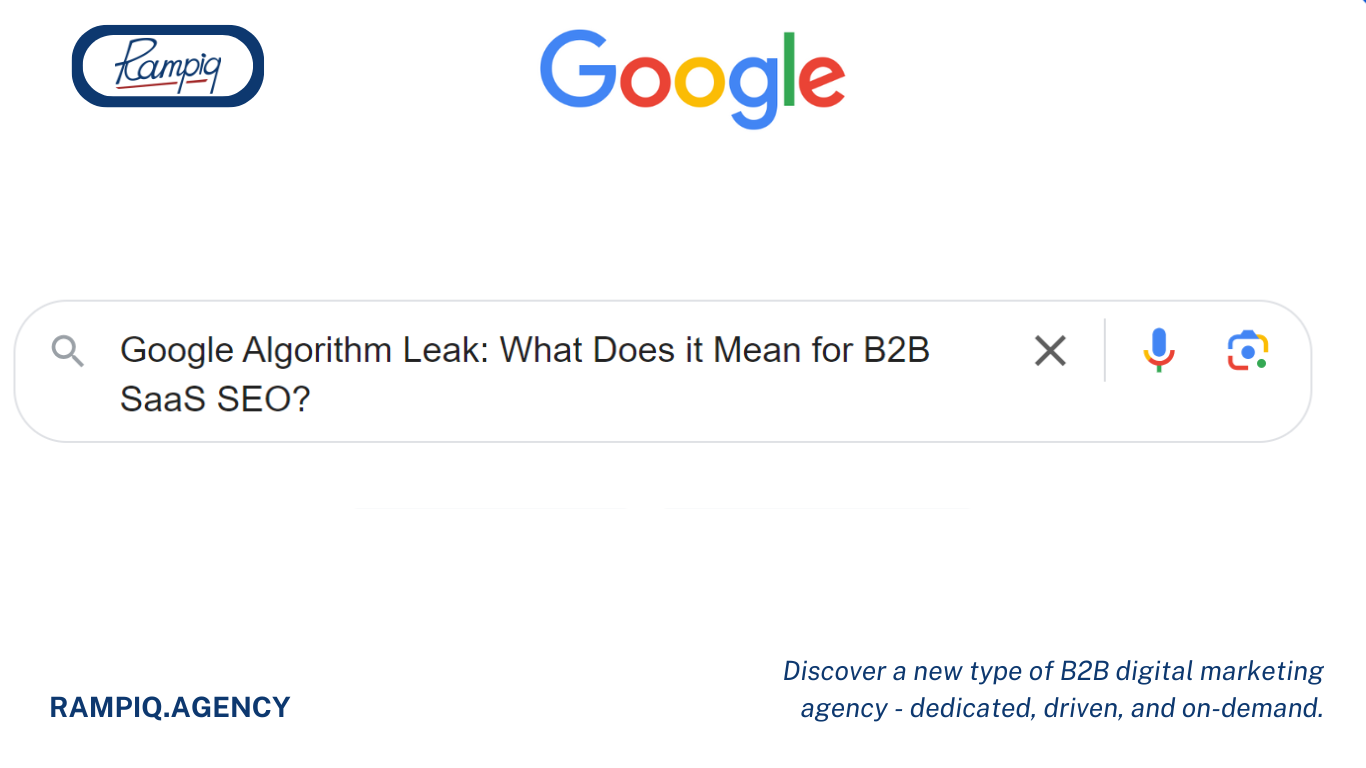
1. Lay Your Technical SEO Foundations
Before diving into keyword optimization or content creation, it’s important to ensure the technical health of your website is in top shape. This begins with a comprehensive technical SEO audit to pinpoint and rectify critical issues that could hinder your site’s visibility and performance.
Key areas to focus on include:
1. Speed Optimization: Speed is often the priority in today’s fast-paced digital world. The average page load speed of a website is 3.21 seconds, yet websites that load in just 1 second boast conversion rates of 39%. This number significantly drops to 18% for sites that take six seconds to load. Faster websites provide a superior user experience and help gain a competitive edge in search engine rankings.
2. Mobile Optimization: With nearly 54% of searches now conducted on mobile devices, having a website that’s optimized for mobile users is non-negotiable. It ensures your website is accessible and user-friendly across all device types.
3. Secure Connections (HTTPS): Security is a top priority for both users and search engines. Migrating your site to HTTPS protects visitor data and boosts your site’s trustworthiness and ranking potential.
2. Keyword Research and Optimization
This involves identifying high-value keywords that are relevant to your business and also have a realistic chance of improving your search engine rankings.
High-value keywords are the cornerstone of your B2B SEO strategy and should guide content creation, on-page optimization, and link-building strategies.
1. Focus on Commercial and Transactional Keywords: Commercial and transactional keywords signal a readiness to buy and can be key to drawing in users at the decision-making stage of their purchase journey. For instance, “buy enterprise software”, “best HR solutions for small businesses”, and “cloud storage pricing”. Targeting keywords such as these can help attract visitors who are more inclined to convert into leads or customers.
2. Support with Informational Keywords: While commercial and transactional keywords target users ready to buy, informational keywords cater to those in the research phase of their buyer’s journey. Examples of these might be “how to improve employee productivity”, “benefits of cloud storage for businesses”, and “ways to secure enterprise data”. Keywords like these allow you to engage a wider audience by offering valuable, educational content that nurtures them toward making informed decisions while guiding them down the sales funnel.
3. Optimizing High-Value Pages
High-value pages are essential assets on your website, characterized by their significant potential to drive conversions. These pages often include your homepage, product or service descriptions, and contact pages. However, without proper optimization, their performance may fall short of their potential.
Prioritizing these pages ensures you’re effectively converting visitors into leads and customers.
1. Identify Pages with High Conversion Potential: Start by using analytics to pinpoint pages that attract high traffic but have low conversion rates. These often include your homepage, main navigation pages, solutions overview, and vertical-specific pages. Such pages are prime candidates for optimization as they already have visibility and interest, which you can leverage to improve conversion rates.
2. Match User Search Intent with Commercial Keywords: Incorporating commercial keywords into these high-value pages ensures the content aligns with what your potential customers are looking for. Search for your keyword on Google and analyze the top-ranking results. Modify your content to match the general theme of these top pages in terms of the intent they serve. This strategic alignment increases the likelihood of conversions by meeting the user’s needs and intentions directly.
3. Implement Strong Calls to Action (CTAs): Every high-value page should guide visitors towards a desired action, whether it’s filling out a contact form, downloading a whitepaper, or scheduling a demo. Effective CTAs are clear, compelling, and strategically placed to catch the user’s attention at the right moment in their journey.
4. Enhance Internal Cross-Linking: This helps strengthen page authority and improves user navigation, making it easier for visitors to find relevant information and take action. Thoughtful internal linking signals the hierarchical importance of pages to search engines and can boost the SEO performance of targeted pages.
4. Content That Supports the Sales Process
By creating content that aligns closely with the needs of the sales team and the customer’s journey, businesses can more effectively nurture leads and assist in moving them through the sales funnel toward a purchasing decision.
1. Direct Assistance to the Sales Team: Understand the types of content that can best support your sales team, such as detailed use cases, in-depth case studies, and compelling success stories. These materials serve as tangible proof of your products or services’ value and provide the sales team with powerful tools to address potential customer queries and concerns.
2. Identify Content Gaps with Sales Team Collaboration: Collaborating closely with your sales team can reveal critical content gaps that can, when filled, significantly impact the sales cycle. This collaboration ensures the content you produce directly addresses the questions and challenges your prospects have, making the sales process smoother and more effective.
3. Showcase Real-World Application and Value: Developing content highlighting the practical application and benefits of your products or services in real-world scenarios can dramatically enhance its effectiveness. Demonstrating how your solutions solve specific problems or improve efficiency offers clear evidence to prospects of their potential impact, making it easier for them to envision how they could benefit from your offering.
4. Leverage Content in Retargeting Campaigns: Utilizing sales-aligned content in your retargeting campaigns can significantly boost its effectiveness. By presenting targeted content such as case studies or success stories to interested prospects through paid ads, you reinforce your message and value proposition, keeping your brand top-of-mind and encouraging prospects to take the next step in the sales process.
5. Addressing Customer Pain Points through Blogging
Blogging is a potent strategy that enables B2B companies to forge a connection with their audience. This is achieved by tackling specific challenges and answering pertinent questions.
Focus on your target audience’s pain points to craft content that draws attention and also establishes your company as a helpful and credible authority in your field.
1. Publish Solution-Oriented Content: The key to effective blogging is to produce content that addresses the real-world challenges faced by your audience. This means diving deep into the issues they encounter and offering insightful, practical solutions. Prioritize topics that highlight these pain points and provide clear, actionable advice that readers can apply.
2. Focus on Mid-Funnel Keywords and Useful Formats: To capture the interest of prospects who are actively seeking solutions, align your blog topics with mid-funnel keywords. This includes creating content around how-tos, checklists frequently asked questions, and in-depth guides that address specific pain points. Such content aids in SEO and also helps in guiding prospects closer to making a purchase decision.
3. Engage with Actionable Advice: Engagement is crucial in blogging, and the most effective way to achieve this is through content that offers tangible, actionable advice. This approach ensures your readers can take something valuable away from each piece of content, whether it’s a new strategy, tool recommendation, or a step-by-step guide to solving a problem.
4. Incorporate Downloadable Resources: Adding downloadable resources like PDF guides, whitepapers, and case studies can significantly enhance the value of your blog posts. These resources provide additional, in-depth information for interested readers and can be a means to capture leads. By offering valuable content in exchange for contact information, you can build your email list and create opportunities for direct engagement. High-quality downloadable content can attract backlinks and citations from other websites, further boosting your SEO efforts and establishing your authority.
6. Local SEO for Local Businesses
For B2B companies with a physical presence, local SEO is an indispensable part of your overall B2B SEO strategy. It ensures your business is visible to local customers when they’re searching online for the services or products you offer. Optimizing for local search helps attract more foot traffic, generating leads, and increasing brand awareness within your community.
1. Claim and Optimize Your Google Business Profile (GBP): One of the first steps in local SEO is to claim and meticulously optimize your Google Business Profile. This free listing allows your business to appear in local search results and on Google Maps. Ensure your profile is complete and accurate, and provides all the necessary information your potential customers might need, such as business hours, contact details, and services offered.
2. Ensure NAP Consistency Across the Web: NAP (Name, Address, Phone number) consistency is crucial for local SEO success. Your business’s NAP should be uniform across all online platforms, including your website, social media profiles, directory listings, and other mentions on the web. Discrepancies in your NAP can confuse search engines and potential customers, negatively impacting your search rankings and your business’s credibility.
3. Gather Local Reviews: Reviews are a powerful factor in local SEO and in influencing potential customers’ decisions. Encourage your satisfied customers to leave positive reviews on your Google Business Profile and other relevant online platforms. Responding to reviews, whether positive or negative, shows that you value customer feedback and are committed to improving your service. A strong collection of positive reviews enhances your business’s visibility in search results and can significantly boost consumer trust in your brand.
7. Building Quality Backlinks
High-quality links from reputable sources boost your site’s authority and significantly enhance your visibility in search engine results.
Focusing on creating valuable and engaging content first naturally sets a strong foundation that attracts important backlinks.
This approach to content ensures that your backlinking efforts are effective and sustainable, offering long-term improvements to your SEO strategy. Three ways to build high-quality backlinks are:
1. Acquire Backlinks from Reputable Sources: The quality of backlinks is far more important than quantity. Aim to acquire backlinks from reputable, authoritative sources within your industry. These high-quality links tell search engines that your website is a credible and valuable resource, thereby boosting your domain authority and improving your search engine rankings.
2. Prioritize Relationship-Building: Building relationships with industry influencers, thought leaders, and reputable websites can significantly aid your backlinking strategy. These connections can lead to organic backlink opportunities, such as mentions in industry articles, collaboration on content projects, or inclusion in round-up posts. Establishing and nurturing these relationships often requires time and effort but can yield substantial SEO benefits and enhance your online reputation.
3. Guest Posting on Reputable Sites: Contribute valuable content to reputable sites within your industry, and they may gain backlinks and also expose your brand to a broader audience. When choosing sites for guest posting, prioritize those with high domain authority and a relevant audience to ensure the backlink contributes positively to your SEO priorities and overall marketing objectives.








